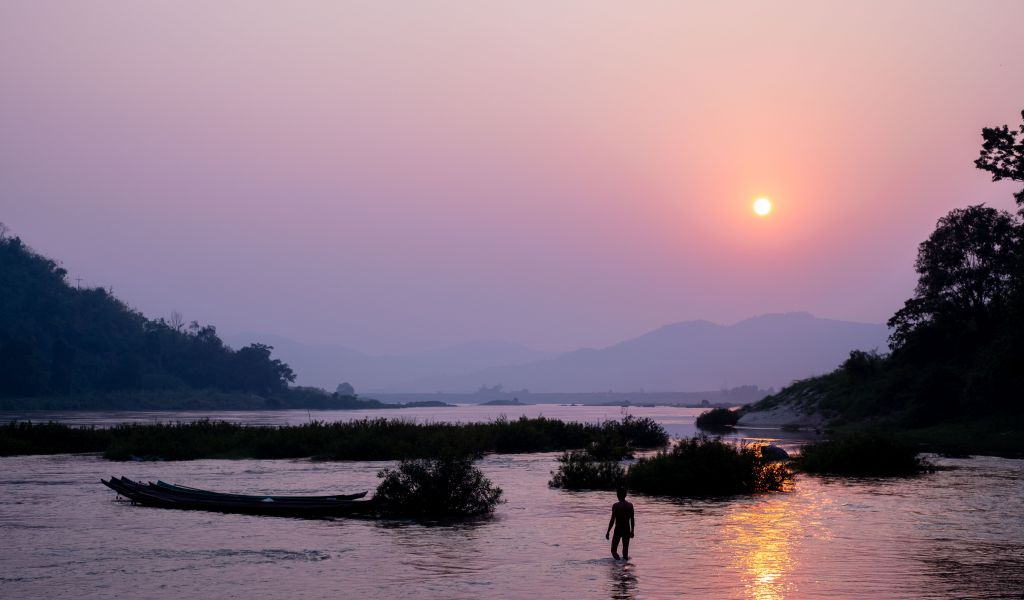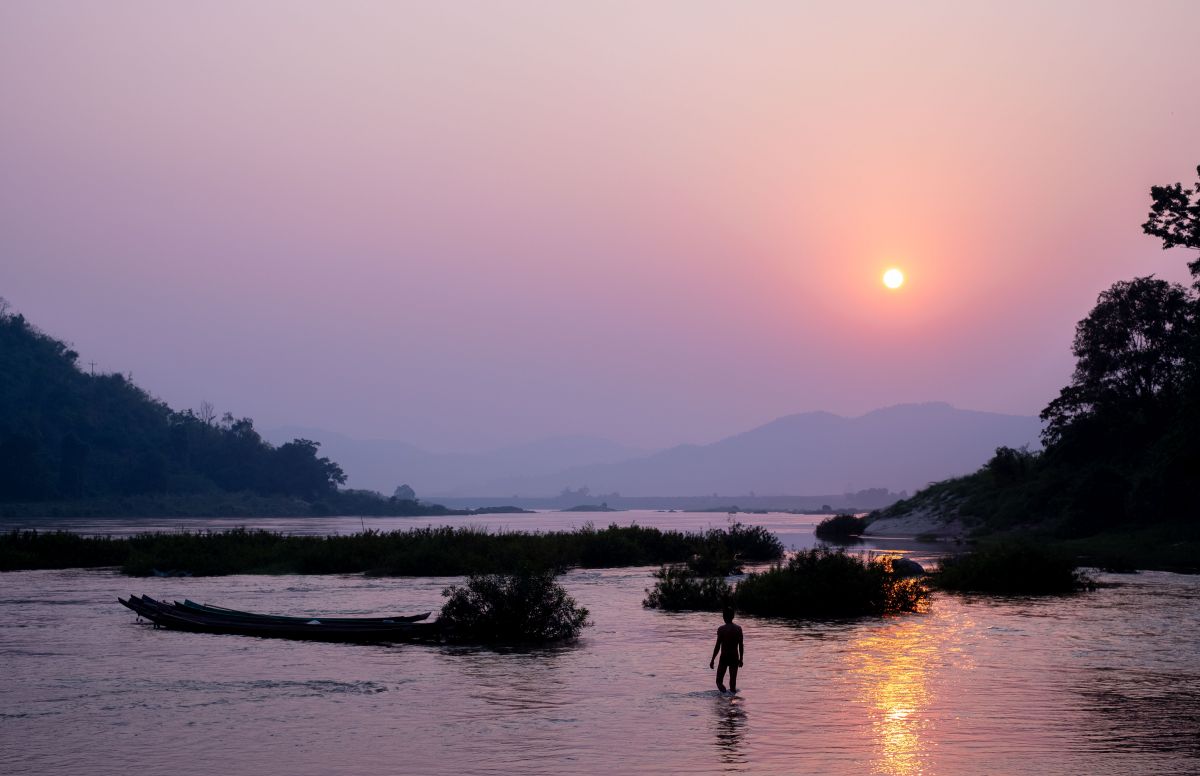The global community should address environmental issues as human rights issues

This article originally appeared on Mongabay.
Last month, the Director General of WWF International, Marco Lambertini, issued an urgent call for what he called a global New Deal for Nature and People, or “a roadmap that recognizes the intrinsic link between the health of nature, the well-being of people and the future of our planet.”
Fortunately, we do not need to search too far to find a roadmap for our globe’s New Deal.
For generations, local communities across the world have been sustainably managing their forests and natural resource reserves in a manner that maintains their livelihoods, promotes biodiversity, and minimizes the destruction of the natural world. In essence, these communities epitomize the intrinsic link found in the aforementioned New Deal for Nature and People.
Alistair Monument of WWF’s Global Forest Practice implicitly noted this connection in his recent commentary for Mongabay: “[I]t is possible to safeguard our forests while meeting the needs of human society,” he wrote, calling for us to scale up the examples provided in his thought-provoking piece.
But how will we accomplish such a task? And when? Time is running short to turn this New Deal into an actionable plan.
One of the most prominent ways to answer these questions happened on Dec. 10, 2018, when the global community celebrated the 70th anniversary of the Universal Declaration of Human Rights. If we are to find the intrinsic connection between nature, people, and the future, then we must begin viewing environmental issues as being inevitably linked to human rights issues. For example, the global community must acknowledge that many human rights issues will be exacerbated by climate change, and thus climate change should be addressed within a human rights framework.
To do this, we should look towards the principles of community forestry as an established framework, and multi-stakeholder forums as the mechanisms to implement this framework.
As noted in a recent piece by Lise Kingo, CEO and Executive Director of United Nations Global Compact, on a similar topic, “The rights set out in the Universal Declaration are simultaneously straightforward and expansive — encompassing, for instance, the right to life, the right to work and the right to an adequate standard of living, including food, clothing, and housing.”
Community forestry also encompasses these universal rights while pursuing ecological stability. Community forestry provides a framework that acknowledges the rights of local communities to manage the forest they have held customary rights to (right to life and work), while creating livelihoods (right to adequate standard of living), and sustainability (ecological stability) in tandem.
Take, for example, the communities of Gwa Township, Rakhine, Myanmar. For a while, the local communities were unable to benefit from their land due to a lack of tenure rights. But in 2017 the paradigm shifted when 18 villages in the township received tenure to almost 5,000 hectares (or 12,355 acres) of forest.
With clear and strong legal rights, these communities were then able to invest in their forest with life-transforming impacts. Members of the community established the Shwe Yoma Community Forest Enterprise to process rattan found in the forests of Gwa. The financial impact was astonishing. The semi-processed rattan provided an income of nearly 24 million kyat — or roughly $15,000 — while maintaining the integrity of the forest.
In the case of Gwa Township, approaching an environmental issue through the lens of human rights allowed for the fulfillment of the Universal Declaration of Human Rights while also providing positive long-term consequences for the environment and humanity’s future.

By not viewing environmental issues as human rights issues, gross human rights abuses can occur while weakening humanity’s ability to combat climate change. “When bulldozers or park rangers force Indigenous Peoples from their homes,” writes UN Special Rapporteur on the Rights of Indigenous Peoples Victoria Tauli-Corpuz, referencing the impact “fortress conservation” efforts have on climate change as well as human rights, “it is not only a human rights crisis — it is a detriment to all humanity.”
In contrast to fortress conservation, indigenous and local communities have repeatedly established systems of natural resource management that preserves their livelihoods, culture, and environment. For instance, as journalist Sonali Prasad reported for Mongabay, the Dongria Kondhs in eastern India have reached into their history to find ways to combat malnutrition and climate distress. Similar narratives have arisen in Uganda and Zimbabwe in regards to animal conservation: traditional practices and beliefs are playing a prominent role in protecting mountain gorillas (Gorilla beringei beringei) in the former and pangolins (Smutsia temminckii) in the latter.
Overall, these approaches, which are framed as human rights issues alongside environmental issues, have a drastic impact on the globe’s future. In September, The Rights and Resources Initiative (RRI) published a study that found that “legally recognized indigenous and community forests tend to store more carbon and experience lower rates of deforestation than other forests.” RRI’s findings reinforce the view that locally managed forests, whether it is indigenous lands or communal lands, help connect the health of nature with the health of people and ultimately the health of our collective future.
We have a ways to go, but the timing is right. The same RRI report showed that, although “forest area recognized for communities has grown nearly 40 percent since 2002,” this still only equates to a total of 15 percent of forests globally.
Similarly, the October Intergovernmental Panel on Climate Change (IPCC) Special Report, as well as WWF’s Living Planet Report, should provoke an urgent response to Lambertini’s plea for a New Deal for Nature and People. With an existential threat looming for nature and people alike, a New Deal is indeed needed and needed now.
If the global community is to make progress on linking the health of nature with the health of people and the collective future of humankind, then environmental issues like climate change must be framed within the Universal Declaration of Human Rights. Community forestry and the 70th Anniversary of the aforementioned Declaration provide us with an ample opportunity to pursue this route and pave a roadmap for the New Deal for Nature and People by 2020.


